The COVID-19 pandemic has hit South Dakota restaurants harder than just about any other industry in the state.
Six months into the pandemic, with the state economy mostly open for business, restaurants across the state are still struggling to make ends meet and keep their doors open as patrons and employees worry about spreading the potentially deadly coronavirus.
Since the pandemic began, nearly half of South Dakota’s restaurants experienced at least a temporary closure — often for as long as six weeks — and more than two-thirds laid off employees. Due to COVID-19, South Dakota restaurants have missed out on as much as $90 million in revenue, according to the National Restaurant Association, forcing some to close for good.
Signs of the slowdown are visible across the state. In Rapid City, the upscale downtown eatery (kol) — opened amid great fanfare in 2015 after a $1.3 million investment — announced its closure in early August as federally funded pandemic business relief efforts such as the Paycheck Protection Program ended. In Sioux Falls, the RedRossa Napoli Pizza restaurant on Western Avenue, owned by WR Hospitality, announced an indefinite closure, citing local construction and the pandemic as reasons for declining business.
In all, South Dakota’s restaurant industry is likely to shrink between 5% and 10% before the COVID-19 pandemic runs its course, said Nathan Sanderson, executive director of the South Dakota Retailers Association, which serves as the restaurant trade association. The loss could have profound economic and social implications, particularly in small towns that often struggle to maintain one or two sit-down dining establishments even in the best of times.
Restaurants are social hubs for communities of all sizes and their success or failure can be an indicator of a community’s overall financial health. In small towns, a restaurant can serve as a wedding venue, host a bull sale or prompt a local mayor into a friendly conversation with the town curmudgeon all in a single day. South Dakota’s restaurants serve as touchpoints for immigrant communities to gather and enjoy a taste of the old country or to introduce people to new foods.
More than two dozen municipalities in South Dakota passed ordinances that shuttered all or part of local restaurants and bars. Many ordinances remained in place for weeks.
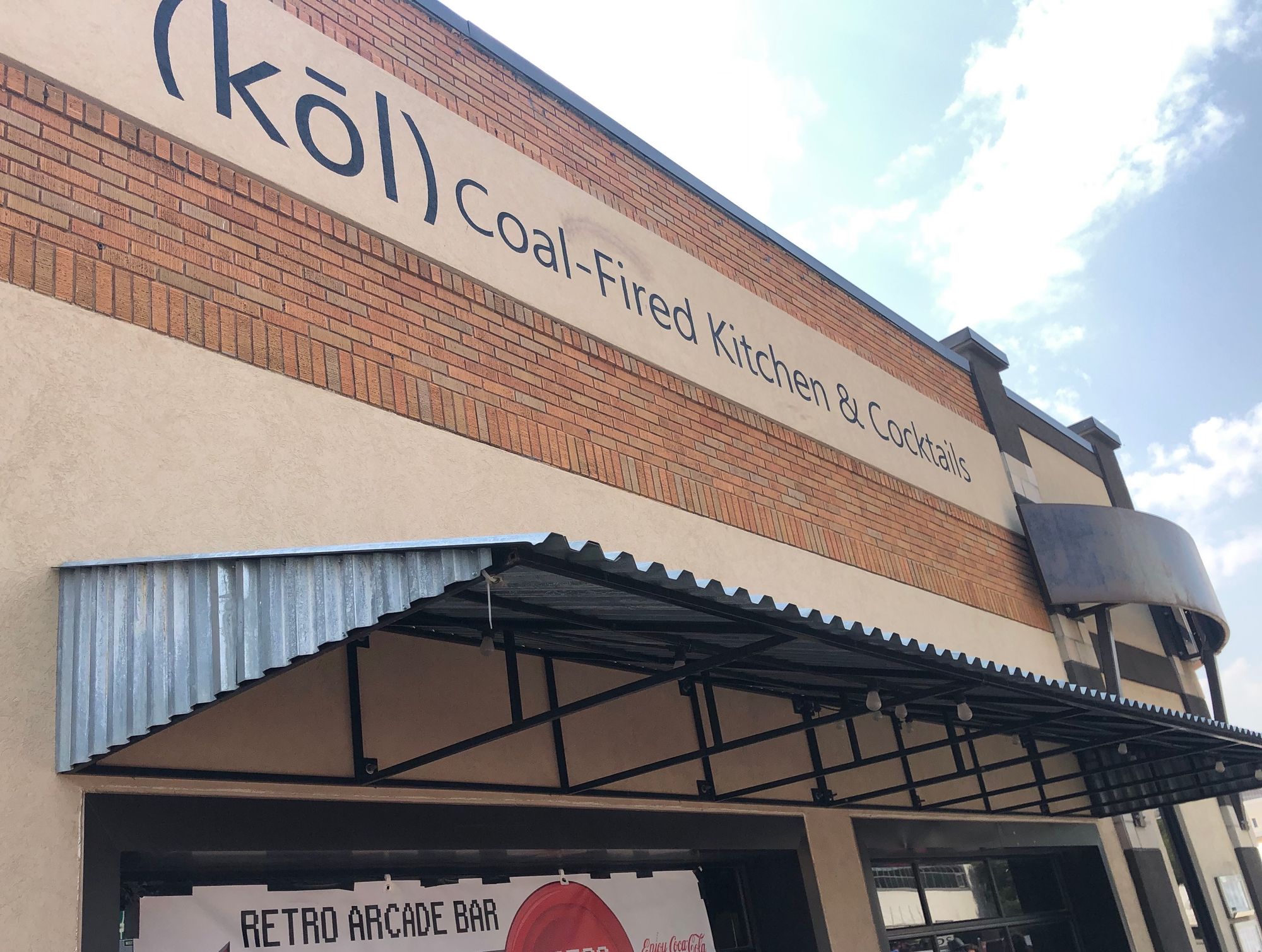
“In some cases, restaurants closed down in the middle of March and reopened in the middle of June. That would be three months. That’s a full quarter of the year, and restaurants are the kind of business that aren’t going to get that business back,” Sanderson said.
From the middle of March to roughly the end of May nearly all of South Dakota’s restaurants saw their business drop. Traffic at sit-down restaurants in South Dakota had dropped by more than 50% by the end of March, according to the Minneapolis Federal Reserve Bank. By the middle of April traffic at sit-down restaurants had fallen by 65%.
“We were the first industry to be shut down at the state and local level and we’re going to be the last to recover,” said Sean Kennedy, executive vice president for public policy with the National Restaurant Association. “We’re the second-largest private sector employer in the country and the restaurant industry has lost more jobs, and more revenue than any other industry in the country.”
About 75% of South Dakota’s restaurants laid off some staff, resulting in some 18,600 people losing their jobs and winding up on unemployment, according to the association.
Restaurant owners in many South Dakota communities and across the country are facing dire financial predicaments that may linger for months or more, Kennedy said.
“This is really an 8.0 magnitude earthquake, that’s been going on for six months now,” he said. “But unlike an earthquake, it shows no signs of ending, and a lot of restaurants are on the verge of giving the keys back to the bank and shutting down for good.”
Losing restaurants could devastate small towns already struggling to grow, and closures could lower the quality of life in mid-sized and big cities, Kennedy said.
“Restaurants are really the cornerstone of somebody’s community,” Kennedy said. “Not only are they an economic driver, but they are cultural or social drivers. That is such a critical part of the culture and losing that is really scary and it’s something that is going to take many years to bring back.”

“This is really an 8.0 magnitude earthquake ... but unlike an earthquake, it shows no signs of ending, and a lot of restaurants are on the verge of giving the keys back to the bank and shutting down for good.” -- Sean Kennedy, National Restaurant Association
Barely surviving as the pandemic rages on
Patron visits to South Dakota restaurants didn’t recover to pre-pandemic levels until the beginning of July, according to the Minneapolis Federal Reserve. But then, the dining public, still wary of crowded indoor spaces, retreated back to their homes as the state saw a surge in new COVID-19 cases beginning in mid-July.
Dempsey’s Brew Pub and Restaurant in Watertown was just beginning to claw its way out of the massive hole left in its revenue stream by the pandemic when the summer surge of COVID-19 cases hit, said owner and head chef Sean Dempsey.
“We went from being a place that was doing $120,000 to $150,000 a month down to like $42,000,” Dempsey said.
By mid-June, things were almost back on track, but by the end of July, customer visits slowed to a trickle. Through the middle of August, Dempsey said, he’d seen business fall off even more, and some of his staff even needed to be tested for the disease.
“Thankfully, no one has tested positive,” Dempsey said.
If someone on his staff had tested positive, as has occurred at other South Dakota restaurants, the effect could have been devastating to the business that employs roughly 48 people. Dempsey said revenues had fallen as much as 80% in March and April, so any ground that can be made up before the end of 2020 is critical.
One of the biggest concerns for all businesses in South Dakota right now is what to do when an employee tests positive for COVID-19, Sanderson said. There isn’t much guidance from state government on how a business should handle an employee testing positive, though some cities have passed ordinances requiring the use of guidelines published by the federal Centers for Disease Control and Prevention.
The CDC doesn’t necessarily recommend the closure of a restaurant that has an employee test positive. Instead, the employee should be told to stay home for up to 10 days after testing positive or until after their coughing and sneezing goes away. Co-workers who had close contact with the employee also should be sent home for up to 14 days to monitor themselves for symptoms.
The CDC recommends that a business wait 24 hours before sanitizing any areas where the employee worked if they were at work within seven days of testing positive for COVID-19. If the employee hadn’t been at work for at least seven days, normal cleaning routines are all that is needed, the CDC says.
Still, losing an employee or group of employees is tough both for the business and the workers, who in Dempsey’s case had already lost several weeks worth of prime summer earning hours.
Early on during the pandemic, Dempsey asked for volunteers to take furloughs and go on unemployment while the restaurant’s dining room was shut down.
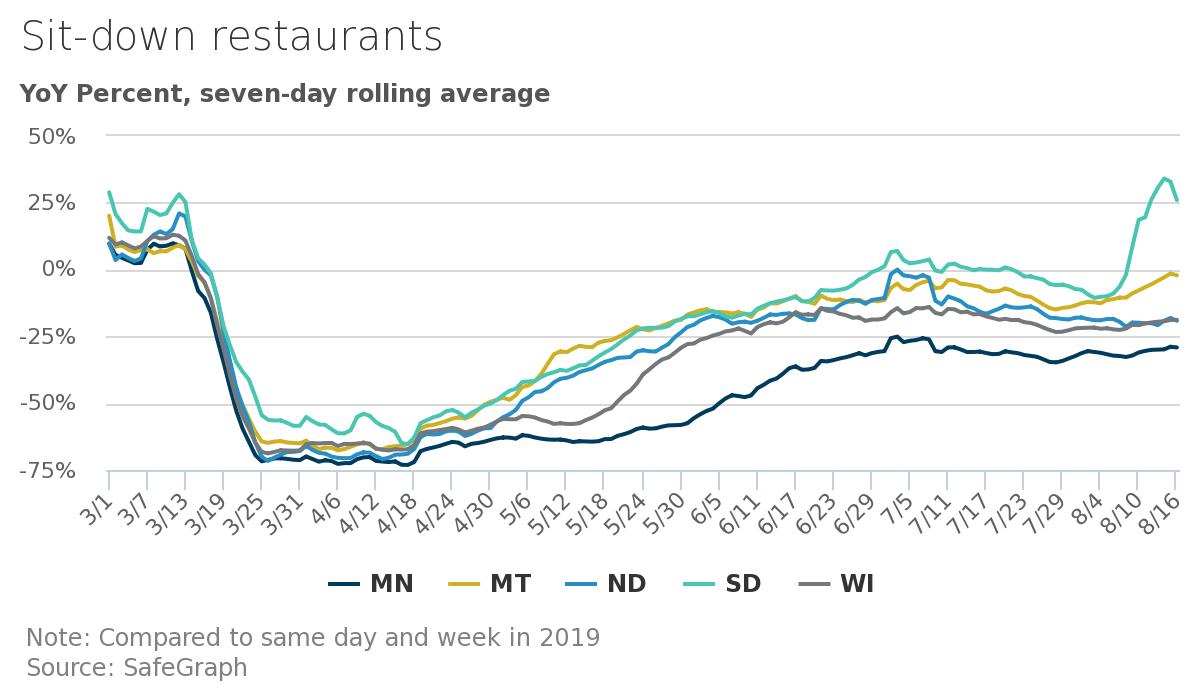
With many hourly employees laid off, Dempsey and his restaurant leadership team scrambled to find new ways to pay bills. The restaurant started selling bulk ingredients and even put together take-and-make pizza kits, complete with a canned beer pairing. Dempsey’s father, who founded the brew pub, also came up with the idea to start selling gourmet hotdogs out of mobile carts, similar to the carts found on the streets of New York. The Dempsey’s Proper Hotdog Co. cart hit the streets of Watertown in July.
“In my head it was basically how long can we hold out. Can we keep our heads down and just work as much as we can to make this work and do all we can to sustain and keep the lights on,” Dempsey said. “We tried as many ideas as we could.”
Dempsey was able to secure some Paycheck Protection Program loans and other federally funded pandemic relief. Such programs and the addition of new products has helped Dempsey bring nearly all of his staff back.
But revenues are still down and the number of active COVID-19 cases in South Dakota was still climbing in late August. So, instead of planning for a new fall menu, Dempsey and his staff are hoping to take a more conservative approach.
“Right now we’re just going to kind of batten down the hatches just try to take it easy and try to do our normal stuff and try to kind of keep our heads low and just see what happens,” Dempsey said. “Maybe (the pandemic) goes away, maybe this is a new normal and if that’s the case well, we’ll do what we can.”
The small central South Dakota town of Faulkton was without a sit-down restaurant in 2012 when septuagenarian Dottie Huss bought a then-bankrupt restaurant and asked her son, David Huss, to run it.
David Huss re-christened the restaurant as the Dot T, named for the P-51 Mustang fighter his father flew during World War II. The plane, as it happens, was named after Dottie. On most evenings since November 2012, the Dot T steakhouse has been serving ribeye steaks, sirloin burgers and drinks to the roughly 700 residents of Faulkton and occasional traveling construction crew and pheasant hunters. That pattern of success ended in March 2020.
In response to the COVID-19 pandemic, Faulk County shut down indoor seating at non-essential businesses, including bars and restaurants. Huss had to lay off his seven employees and paid $3,000 worth in monthly loan payments, utilities and other bills without much, if any, revenue coming in.
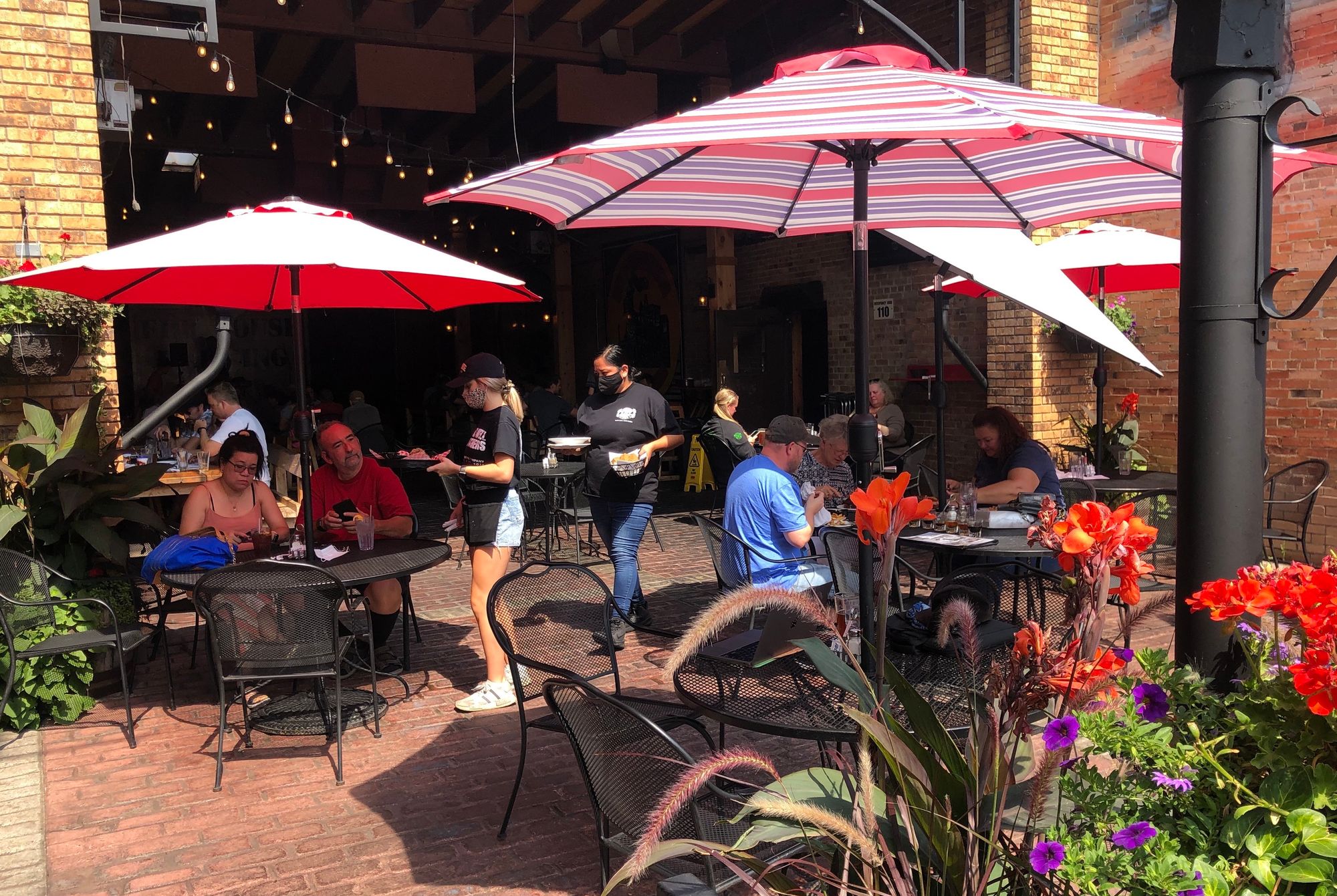
Huss wound up paying many of the Dot T’s bills using his salary as a Faulk County Sheriff’s Office dispatcher and from his part-time job as the county Veterans’ Service Officer.
Huss said his business has been propped up this summer by construction workers who are rebuilding highways near Faulkton and eat out nearly every night. Pheasant season, once the most profitable time of the year for Dot T’s, could be make or break this year. But, Huss said, he’s not confident that even two months down the road, enough people will be interested in or able to go hunting in South Dakota.
“I think it will be half of where it should have been,” Huss said.
By the end of May, the Dot T was able to reopen but only at about one-third of its pre-pandemic capacity and with only three employees. Revenue for the restaurant is down about 60% compared to 2019, Huss said, and it is getting more difficult to see a long-term future for the business. The potential demise of the once-thriving business is heartbreaking, he said.
“The town needs the restaurant,” Huss said. “If you want to sit down and have a steak and a drink, there’s really no other place to go.”
Dottie Huss died earlier in the summer of 2020 and as the challenges mount, keeping the Dot T open and serving the people of Faulkton is becoming harder to justify, Huss said. Still, he hasn’t made any decisions about the restaurant’s future.
“We’ll see what happens. I would like to keep it open. But what I’d really like to do is find somebody, maybe a young couple, who would work for me for about a year. And then I would do a contract for deed to them,” Huss said.
Many restaurants have made adjustments to try to bring back customers safely.
The CDC recommends that restaurants require their staff to wear masks where feasible and most do at least encourage their staff to do so. But South Dakota’s state government and few, if any, local governments have not required businesses of any type to enforce mask policies.
Most restaurants have cut the number of tables in their dining rooms as well as added outdoor seating in an effort to help customers maintain a social distance from each other.Restaurants built around buffets or salad bars are facing even more headwinds as customers try to avoid being too close to other diners. The Royal Fork Buffet in Sioux Falls, for example, was forced to close permanently after the pandemic hit.South Dakota hasn’t required restaurants to curtail buffet style offerings. Instead, the decision is left up to restaurant managers and customers. Public health officials, though, continue to recommend the use of masks and staying at least six feet away from anyone you don’t live with.The federal Food and Drug Administration has recommended that restaurants discontinue the use of self-service stations that require customers to use common utensils for the duration of the pandemic.
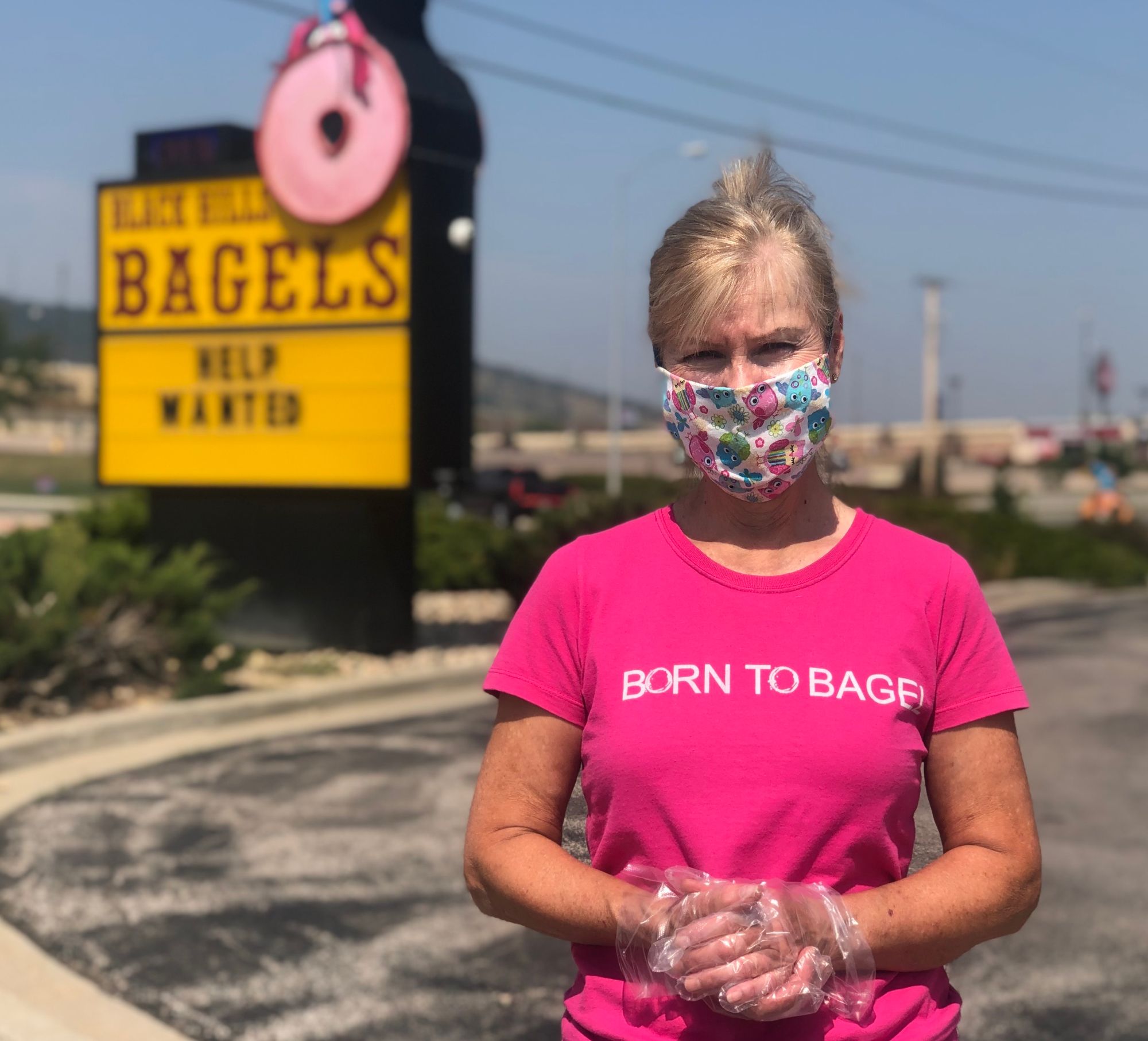
Some optimism in South Dakota
At Black Hills Bagels in Rapid City, 2020 was looking to be another banner year for growth and profitability, said co-owner Debra Jensen. She and her husband, a musician, have owned the bagel shop on Mount Rushmore Road a few blocks south of downtown for almost two decades and have seen their sales consistently grow. Jensen gave up her job in broadcasting to focus on the bagel shop.
“We were looking at 15% growth in 2020; I was hoping for 20%. When 2020 started, January and February were looking really good, and everything was heading in the right direction,” Jensen said. “Then, I think it was on March 24, Rapid City shut down nonessential businesses, and we saw a drop of, oh my gosh, it had to be 70%.”
Among other forms of belt-tightening, Black Hills Bagels was forced to cut hours for some of its staff, Jensen said. Luckily, several of the employees are retirees who had other sources of income to keep them afloat, she said.
The Jensens had made other smart moves that allowed them to forge ahead amid the pandemic. The Jensens had invested in a delivery vehicle and bought a second location on Haines Avenue, a busy road not far from the Rushmore Mall. The second location also had a drive-through window.
“We had to really pivot, and we couldn’t do enough curbside business and you can’t do enough delivery to make up for that important walk-in and sit-down business,” Jensesn said. “But our drive-through just went crazy. And now, at the moment anyway, people are really using that drive-through because people want to continue to socially distance.”
But what really saved Black Hills Bagels was its foray into the wholesale business. For several years, the company has been developing a network of grocery stores, convenience stores and coffee shops in seven states that buy bagels in bulk and resell them to their own customers.
Initially, when the COVID-19 pandemic began, some wholesale customers shut down. But then, a couple of weeks in, independent, small town grocery stores across the region started buying bagels at twice the rate they had been prior to COVID-19. Those grocers, Jensen said, were having trouble finding enough bread products for their shelves from their usual suppliers.
“I’ve got to give credit to my mother at this point. My mother, who is 82 years old, is our best salesperson … Mom worked it out that we would, of course, start sending them more bagels,” Jensen said. “Before COVID, a lot of people would take maybe six or eight dozen a week and now they were doing 30 dozen in a week, so we started shipping bagels like crazy.”
By the end of May, Black Hills Bagels had lifted itself out of the crater that COVID-19 had dug into its revenue stream. By the end of August, sales were actually higher than they’d been at the same point in 2019.
In August, the biggest problem was trying to grow its workforce to keep up with demand, which saw a small spike during the Sturgis motorcycle rally.
“It was an important shot in the arm,” Jensen said of the rally. “It did help give people more jobs and it did help some of those little places that have not been able to have any business, souvenir shops and so on, it gave them an opportunity to get some business and it sure helped us.”
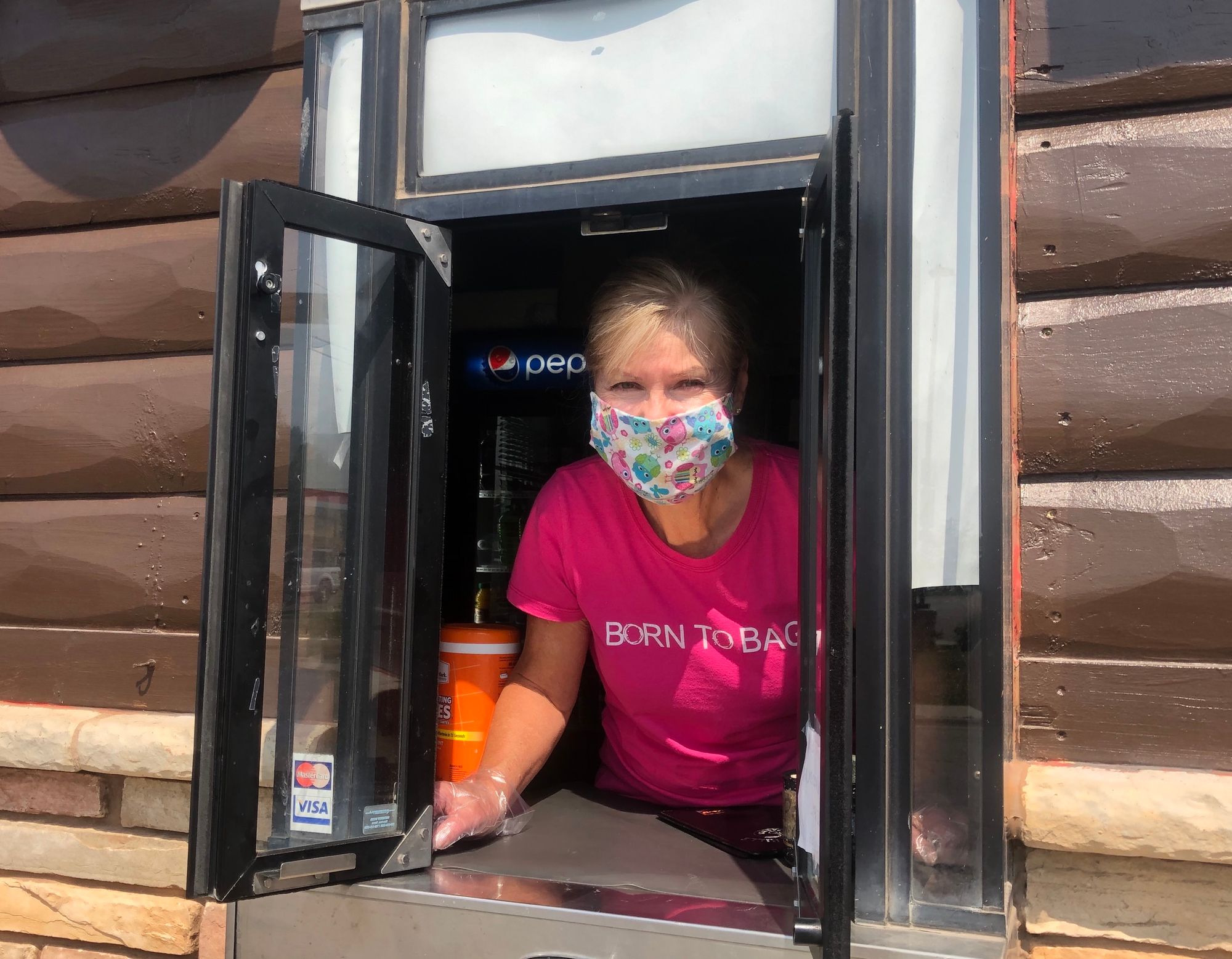
A shortage of workers has been an issue in South Dakota for decades, and the problem has been exacerbated by the pandemic. Older workers have left the workforce entirely, some parents left the workforce to care for children as schools closed, and childcare options dwindled. Generous federal emergency unemployment benefits may have kept some people out of the workplace as well, Sanderson said.
When the enhanced unemployment benefits created by Congress in the CARES Act ended on August 1, there was an almost immediate uptick in the number of people applying for jobs, Sanderson said. Jensen, meanwhile, said she’s been seeing more applicants for her open positions.
“The federal government, I think that they did the best they could, and they wanted to make sure that people got the support that they needed and all of that is wonderful,” Jensen said. “But in Rapid City, we have always struggled to find enough help and it caused quite a hardship in several different industries. It’s only been in the last couple of weeks, when that unemployment expired, that we have had applications.”
Many South Dakota restaurateurs are optimistic about the future despite what has become a long-term threat to their livelihoods, Sanderson said. Some owners have radically changed their business models to accommodate more socially distant dining preferences. Others have boosted their online presence and begun offering takeout and delivery services. A few restaurants even started selling groceries.
Sanderson said South Dakota has taken an aggressive approach to re-opening its economy, which has made some patrons more comfortable dining out.
“It’s amazing how optimistic business owners are right now,” Sanderson said. “I think small business owners are resilient, optimistic people.”



